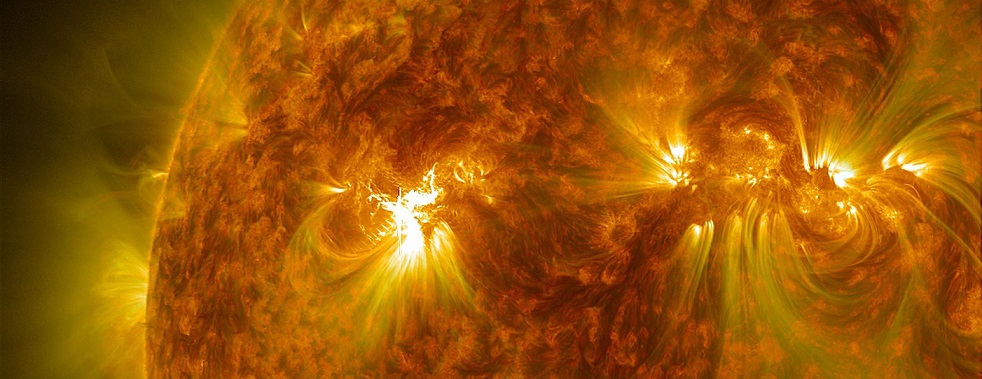
Solar flare high-energy X-rays have been studied for decades, with notable observations from the RHESSI spacecraft, in orbit since 2002. However, that instrument lacks the sensitivity that is crucial to understanding the region of the flare in which particles are accelerated to ultra-high energies. FOXSI aims to use focusing grazing-incidence optics, as opposed to Fourier techniques used by RHESSI, to directly image solar flares and provide vastly improved sensitivity for images in its energy range.
On November 2nd, 2012, FOXSI successfully observed a solar flare during its six minute flight, and was the first to produce a focused image of the Sun above 5 keV.